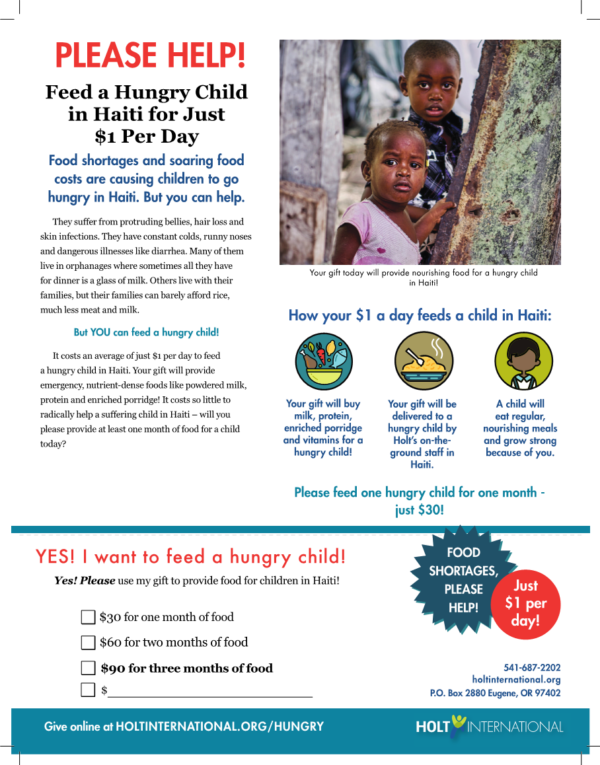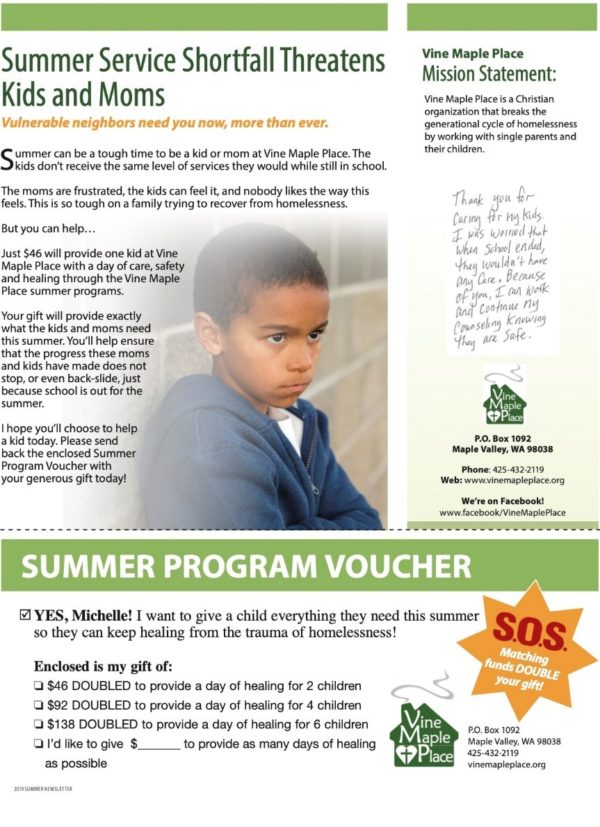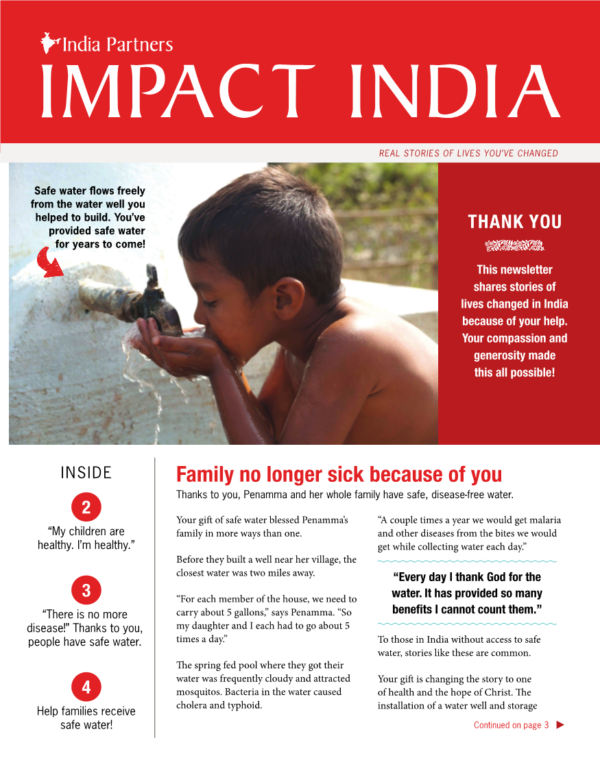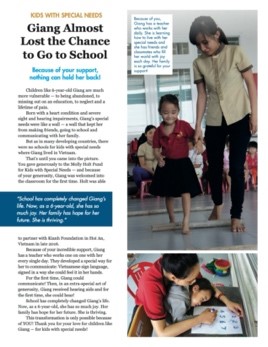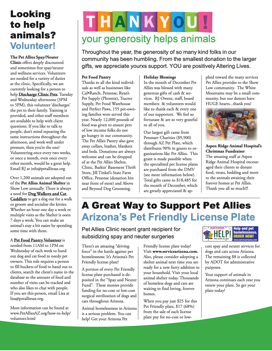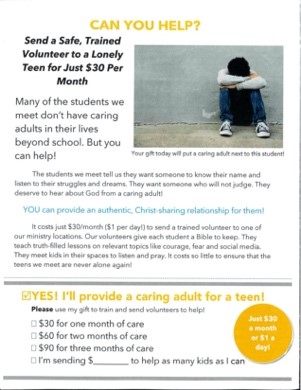Better Fundraising has three tips to make your Reporting Back to donors resonate.
Because if your reports are timeless – if they could have been sent at any time during the past year – it means they aren’t relevant to the world the donor is living in today.
And if they aren’t relevant, they don’t need to be read.
Which trains your donor to read fewer of your communications – and you don’t want that, do you?
So here are three tips to make your Report Backs relevant to your donors:
Report back on something that happened during the pandemic.
What happened in January isn’t relevant right now.
And your messaging has to be relevant right now, or it’s mostly useless.
You want to share a story of something that happened because of the pandemic. That might mean a transition to telemedicine to care for a hurting person. It might mean emergency rent assistance for someone who lost their job.
But it can’t be the same story you would have told if the pandemic hadn’t happened.
Think of it this way: during Christmastime, you don’t see a lot of stories about Halloween. And any story you tell right now about something that happened before the pandemic is at high risk of being about Halloween while everyone else is singing Christmas carols.
A “Breathless Report from The Field” will beat “Standard E-News.”
Your donor knows that the world is upside down. So don’t give her a standard e-news report.
Don’t treat your writing like business-as-usual.
The organizations that will bond with their donors most closely are ones who make their donors feel like they are right there – getting the fresh news. Yesterday’s update from the CEO. The email that came in earlier this morning from program staff.
We’re already seeing this in action. Organizations we serve are sharing simple little updates of stories that just came in. The person who received the meds they needed – the family that was rescued.
And the donors love it! High open rates. Lots of giving in response to Reports. And even replies to the emails thanking the organizations for letting the donors know what’s going on.
Donors respond to this type of immediacy.
Donors are wondering, “what’s going on right now?” and are forgiving (even appreciative) of communications feeling like they were put together at the last minute.
Remember: donors care more about your beneficiaries and knowing what’s going on than they care about the professionalism of your communications.
Fear is Contagious. Hope Is, Too.
Donor generosity is amazing.
Hopefully, you’ve done a great job sharing the problems facing your beneficiaries, cause, or organization. And you’ve raised a ton of money these last few weeks.
So be sure to share good news and hope, too.
Because donors want to hear some good news; they’re hoping that there are signs of people taking care of each other when there’s so much bad news on the front page.
When you do this, give the credit to your donor. Be super clear that the good news is happening because of her, and her generosity.
Because if donors are looking for some good news – and you share good news with them and give your donor the credit for causing that good news – don’t you think that increases the likelihood that she’ll like your organization a bit more?
And don’t you think that will increase the chance she’ll read your next email or letter?
And don’t you think that increases the chance that she’ll give to you during the coming slump?
And she’ll continue to be a donor once all of this is over?
I don’t “think so” – I know so.






